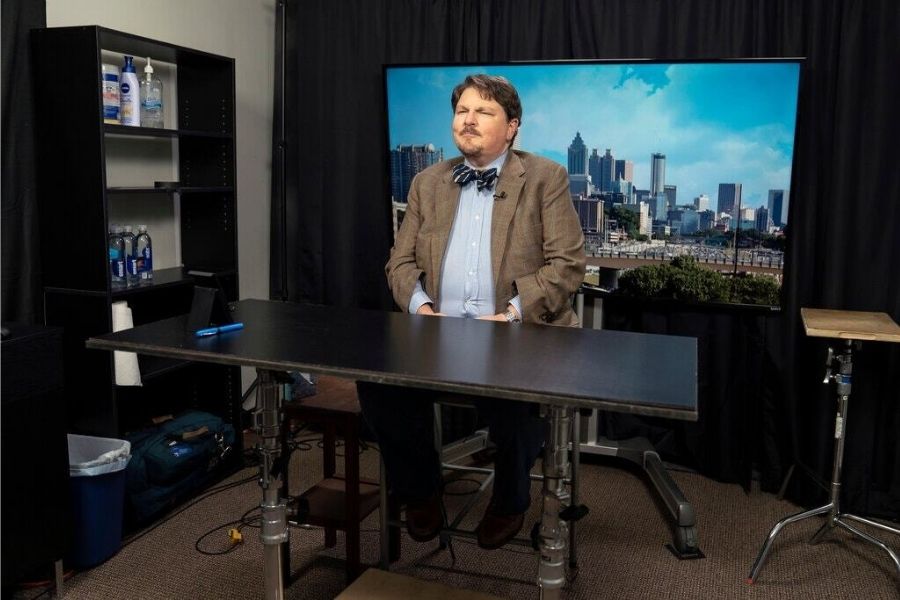
The one pollster in America who is sure Trump is going to win
Robert Cahaly's polls have Arizona, Michigan and Florida in the president's column. It's hard to find another pollster who agrees with him. But they didn't believe him in 2016 either
 Image: Doug Mills/ The New York Times
Image: Doug Mills/ The New York Times
If President Trump pieces together an Electoral College win on Tuesday, at least one pollster — and perhaps only one — will be able to say, “I told you so.”
That person is Robert Cahaly, whose Trafalgar Group this year has released a consistent stream of battleground-state polls showing the president highly competitive against Joseph R. Biden Jr., and often out ahead, in states where most other pollsters have shown a steady Biden lead.
Trafalgar does not disclose its methods, and is considered far too shadowy by other pollsters to be taken seriously. Mostly, they dismiss it as an outlier. But for Mr. Cahaly, “I told you so” is already a calling card.
In 2016, its first time publicly releasing polls, Trafalgar was the firm whose state surveys most effectively presaged Mr. Trump’s upset win. A veteran Republican strategist, Mr. Cahaly even called the exact number of Electoral College votes that Mr. Trump and Hillary Clinton would receive — 306 to 227 — although his prediction of which states would get them there was just slightly off.
So with liberal anxieties flaring over whether to trust the polls, the gregarious, goatee-and-bowtie-wearing Mr. Cahaly has been in demand on cable news lately. In addition to frequent appearances on Fox News, Mr. Cahaly was on CNN last week, explaining to Michael Smerconish why he thought the president would walk away with an easy victory — and defending himself against a battery of critiques that Mr. Smerconish called up, one by one, from Mr. Cahaly’s peers.
©2019 New York Times News Service














